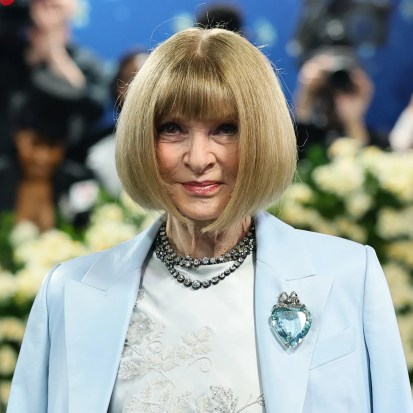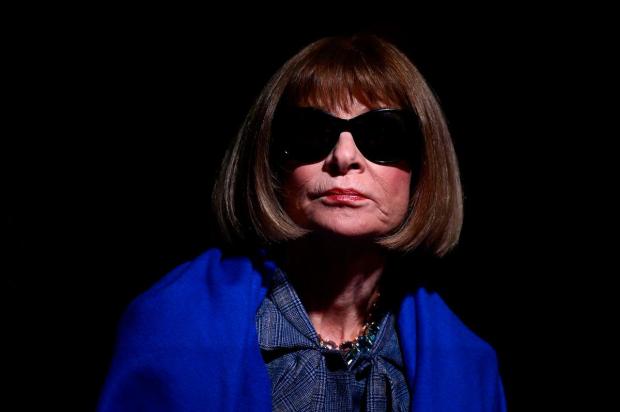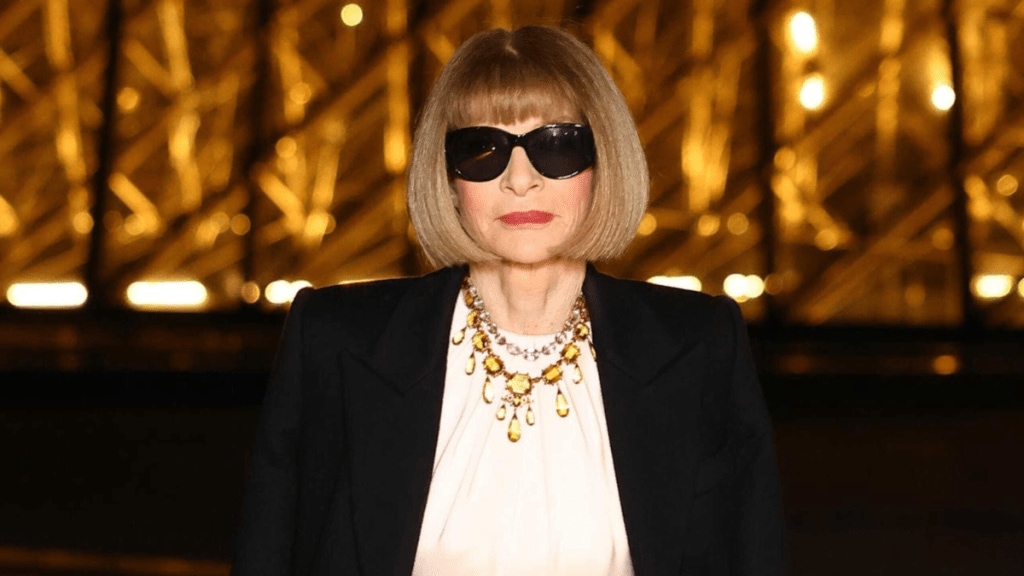After nearly four decades of defining not just fashion, but the very intersection of media, celebrity, and commerce, Anna Wintour is stepping down as editor-in-chief of American Vogue. While she remains Condé Nast’s global chief content officer and Vogue’s global editorial director, the move marks the end of an era for one of media’s most enduring brand builders. But more than just a personnel change, Wintour’s transition holds lessons and questions for the marketing, advertising, and media industries at large.
Beyond Fashion: The brand architect
Since 1988, Wintour transformed Vogue from a traditional fashion magazine into a cultural gatekeeper with real commercial muscle. Her innovation wasn’t just visual, it was strategic. She understood earlier than most editors that celebrity sells, and leveraged that insight to place actors, musicians, politicians, and athletes on covers that once belonged exclusively to models. The result? Vogue became a coveted platform not only for designers but for brands and personalities looking to tap into its “soft power”, a form of influence that marketers today would call brand equity.

Furthermore, Anna Wintour’s formidable persona is widely believed to have inspired Meryl Streep’s character, Miranda Priestly, in The Devil Wears Prada, based on a novel by Wintour’s former assistant. Though author Lauren Weisberger denied a direct portrayal, parallels between Wintour’s reputation and Priestly’s icy demeanor persist. Wintour herself attended the film’s premiere in Prada, wryly embracing the connection.
Wintour’s work created a template for media brands everywhere: fuse cultural cachet with commerce, and you can influence not just consumers but entire industries. The rise of branded content, influencer marketing, and the celebrity-as-CEO model all echo the strategies she embedded into Vogue long before such terms entered the business lexicon.
Wintour’s exit invites scrutiny of Vogue’s position today. At a time when print circulations are shrinking and digital attention is sliced thin across countless platforms, Vogue’s old role as a singular arbiter of taste is no longer as unchallenged. Social media influencers, direct-to-consumer brands, and niche fashion upstarts can now command their followings without the imprimatur of a Vogue cover.
This shift poses a challenge and an opportunity for whoever takes up the title of head of editorial content at US Vogue. The task ahead is not just about curating high-impact fashion imagery, but about reinventing Vogue’s value to advertisers and brand partners. How does Vogue retain its authority in a world where consumers scroll past traditional ads and where authenticity often beats polish?
A new playbook for media-brand partnerships?
Under Wintour, Vogue played an active role in redefining how editorial and commercial interests could align without compromising credibility. From the Met Gala, transformed by Wintour into a powerful marketing platform for luxury brands, to blockbuster September issues that blended editorial vision with advertiser demands, Vogue under Wintour became a masterclass in media-brand synergy.
The question now is whether the next editorial leader can maintain that balance. Will Vogue double down on the kind of glossy mega-events and high-profile partnerships that have kept it relevant? Or will it pursue new formats and platforms, perhaps more agile, more interactive, more community-driven, that resonate with Gen Z and millennial audiences increasingly wary of overt commercial messaging?
The broader Condé Nast context
It’s also worth noting that Wintour’s influence extends far beyond Vogue. As Condé Nast’s global chief content officer, she has overseen a portfolio that includes Vanity Fair, GQ, Architectural Digest, and more. Her continued presence at this level suggests that while she may be stepping back from day-to-day editorial decisions at US Vogue, she remains a key architect of Condé Nast’s global content strategy.

That, in turn, raises another strategic issue: how will Condé Nast as a whole evolve its advertising and branded content model at a time when platform giants like TikTok and Instagram capture a growing share of fashion and luxury ad spend? With Wintour’s direct involvement, will we see more cross-title collaborations, new monetisation formats, or innovative uses of emerging technologies such as AR, VR, and AI-powered styling tools?
The legacy for marketers
Perhaps Wintour’s most enduring legacy for the marketing world is her demonstration that media brands can and should be active participants in shaping culture, not just reflecting it. She taught a generation of marketers that aligning with the right media property could deliver cultural credibility, and that a cover or campaign wasn’t just an ad, but a statement of belonging in the zeitgeist. As Vogue searches for its next editorial head, the stakes are high not just for the magazine but for every advertiser, designer, and brand that has long counted on Vogue as a partner in shaping the narrative around fashion, luxury, and culture.
Whoever steps into Wintour’s shoes will inherit not just a storied masthead but one of the most complex and high-stakes branding challenges in modern media.

